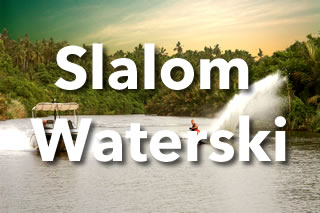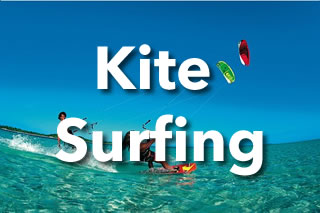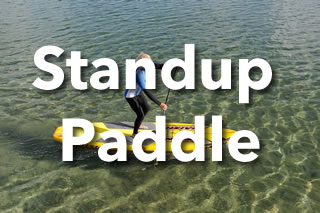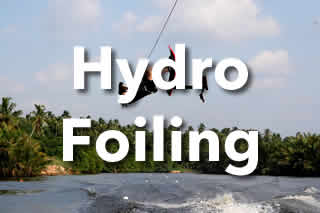your professional partner for water sport activities in Sri Lanka
Sri Lanka Background Information
Long before Marco Polo declared Sri Lanka the finest island of its size, this beautiful country found its way into Greek, Egyptian and Indian literature, where it was known as Taprobane, Serendib or Lanka. The Sri Lanka mystique perseveres, unfurling before the senses as soon you arrive: the heavy warm air, the rich green foliage, the luxuriant swirls of the Sinhalese alphabet, the multicoloured Buddhist flags, and the kaleidoscope of saris, fruits, jewellery and spices on display in the markets.
For a small island, Sri Lanka offers a truly amazing variety of attractions. The coasts are studded with palm-lined beaches, some with world-class surf breaks. The Kandyan dances, elephant-led festival processions or any temple on poya (full moon) days will delight culture hounds, as will viewing the stone-cut Buddhist art and towering dagobas (stupas) of the ancient capitals of Anuradhapura and Polonnaruwa. Head into the Hill Country and the heat of the plains will fade away to reveal rolling green hills carpeted with tea plantations. Or take a 4WD trek through well-preserved national parks inhabited by elephants, leopards, monkeys, crocodiles and rare birdlife. Sinharaja Forest Reserve is so important to the island's ecosystem it's been named a Unesco World Heritage Site. Also on Unesco's heritage list is the incredible fort town of Galle, a perfectly preserved time capsule of Dutch colonial history.
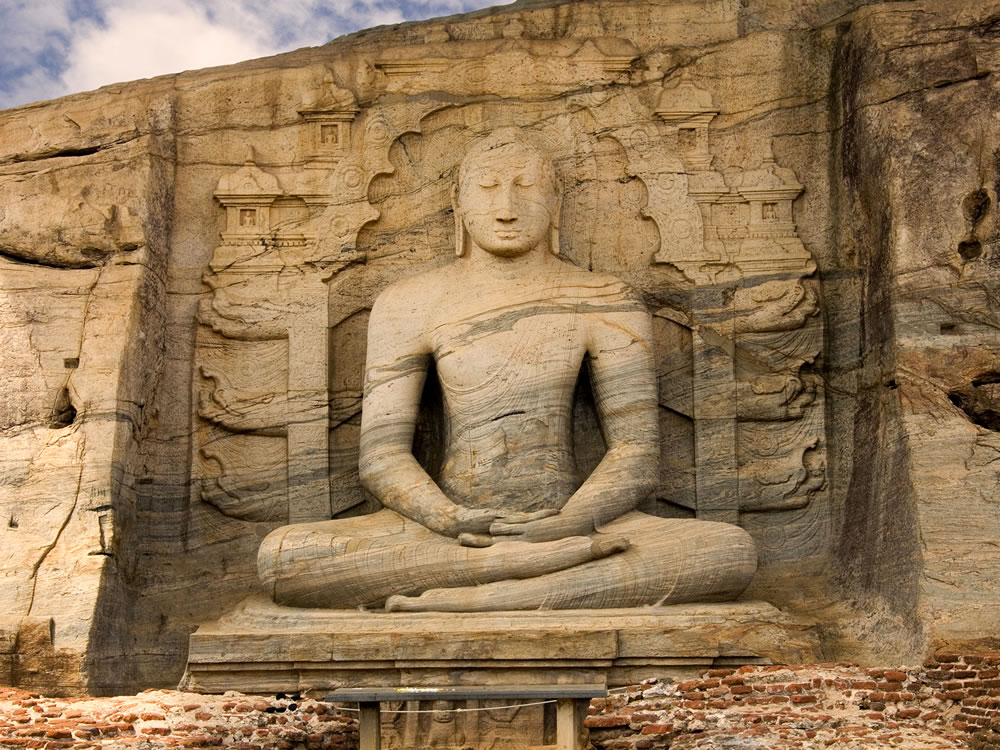
Sri Lanka is tropical, with distinct dry and wet seasons. The seasons are slightly complicated by having two monsoons. From May to August the Yala monsoon brings rain to the island’s southwestern half, while the dry season here lasts from December to March. The southwest has the highest rainfall – up to 4000mm a year. The Maha monsoon blows from October to January, bringing rain to the North and East, while the dry season is from May to September. The North and East are comparatively dry, with around 1000mm of rain annually. There is also an inter-monsoonal period in October and November when rain can occur in many parts of the island.
Colombo and the low-lying coastal regions have an average temperature of 27°C. At Kandy (altitude 500m), the average temperature is 20°C, while Nuwara Eliya (at 1889m) has a temperate 16°C average. The sea stays at around 27°C all year.
Long before Marco Polo declared Sri Lanka the finest island of its size, this beautiful country found its way into Greek, Egyptian and Indian literature, where it was known as Taprobane, Serendib or Lanka. The Sri Lanka mystique perseveres, unfurling before the senses as soon you arrive: the heavy warm air, the rich green foliage, the luxuriant swirls of the Sinhalese alphabet, the multicoloured Buddhist flags, and the kaleidoscope of saris, fruits, jewellery and spices on display in the markets.
For a small island, Sri Lanka offers a truly amazing variety of attractions. The coasts are studded with palm-lined beaches, some with world-class surf breaks. The Kandyan dances, elephant-led festival processions or any temple on poya (full moon) days will delight culture hounds, as will viewing the stone-cut Buddhist art and towering dagobas (stupas) of the ancient capitals of Anuradhapura and Polonnaruwa. Head into the Hill Country and the heat of the plains will fade away to reveal rolling green hills carpeted with tea plantations. Or take a 4WD trek through well-preserved national parks inhabited by elephants, leopards, monkeys, crocodiles and rare birdlife. Sinharaja Forest Reserve is so important to the island's ecosystem it's been named a Unesco World Heritage Site. Also on Unesco's heritage list is the incredible fort town of Galle, a perfectly preserved time capsule of Dutch colonial history.
Sri Lanka is tropical, with distinct dry and wet seasons. The seasons are slightly complicated by having two monsoons. From May to August the Yala monsoon brings rain to the island’s southwestern half, while the dry season here lasts from December to March. The southwest has the highest rainfall – up to 4000mm a year. The Maha monsoon blows from October to January, bringing rain to the North and East, while the dry season is from May to September. The North and East are comparatively dry, with around 1000mm of rain annually. There is also an inter-monsoonal period in October and November when rain can occur in many parts of the island.
Colombo and the low-lying coastal regions have an average temperature of 27°C. At Kandy (altitude 500m), the average temperature is 20°C, while Nuwara Eliya (at 1889m) has a temperate 16°C average. The sea stays at around 27°C all year.
More Information
Negombo Beach. Negombo is located only 10 km from the international airport Colombo (CMB). You can easily reach all hotels and guesthouses in and around Negombo within 20 minutes by taxi.
Read more here...
Things To Do Around Negombo. Along the Beach Road you’ll find Negombo’s most popular restaurants and bars. Here you can spend a good time in a great atmosphere but don’t expect any night-long parties. They can be found on Fridays and Saturdays in Colombo.
Read more here...
all you need to know
Our Location
The starting point is at the 'Dream Spot" Watersport Camp, only 15 minutes from Negombo Beach. Located at ...
more...Our Equipment
We do have all needed watersport equipment on-site. Selected brands, well maintained ...
more...Our Boat(s)
Fitted with flite pipe (extended tow mast for wakeboarding), beginner training boom ...
more...Our Coaching
If required, we will work out an individual training plan with you. If you just want to get right into it ...
more...


